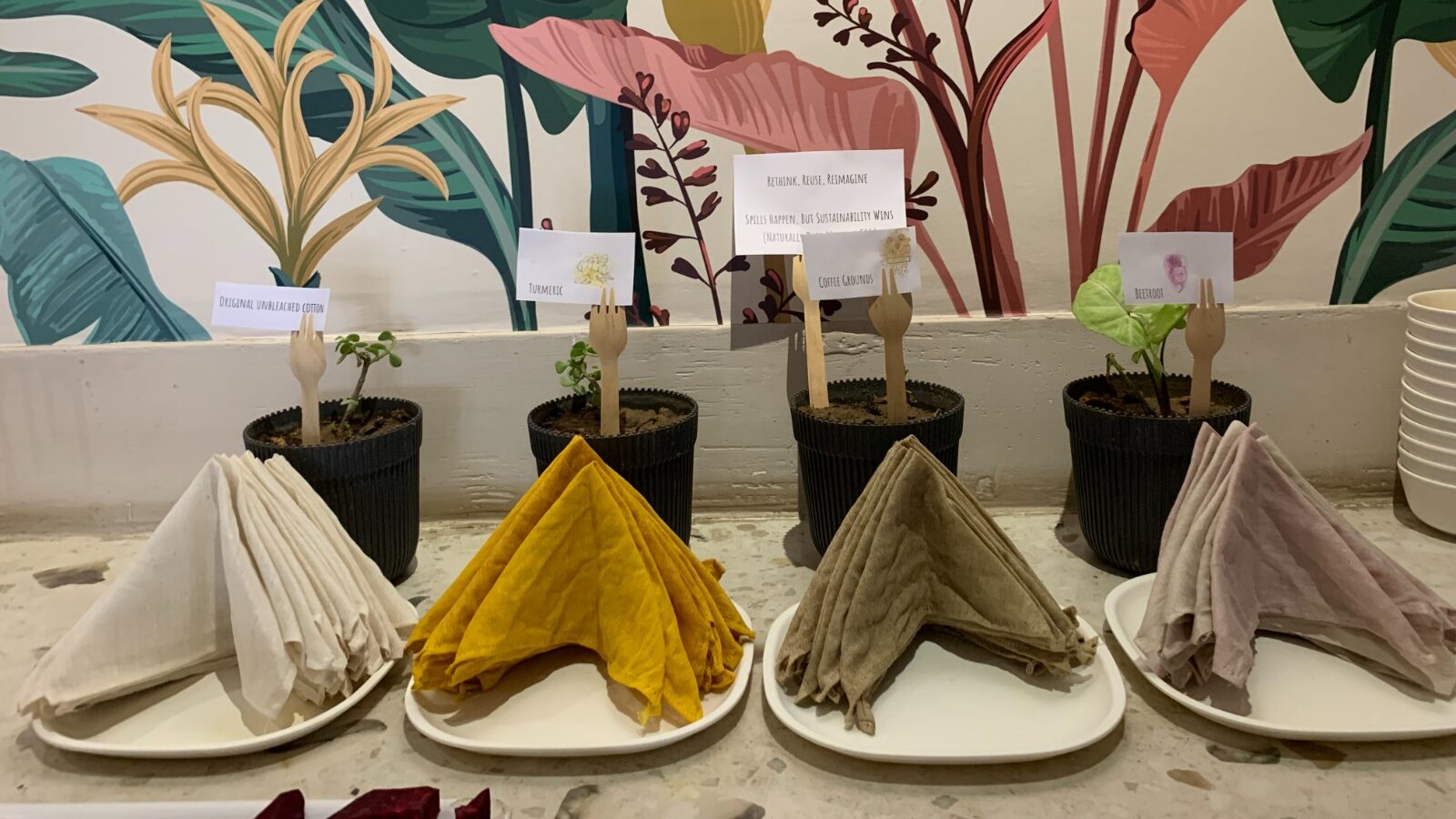
Using Contractions
by NosheenContractions are when words are shortened by omitting some parts of the words and fusing them with other words. We use contractions a lot more in our speech than while writing. It has just become the way we speak and converse. Though the speech patterns and style of youngsters and seniors differ greatly, yet usage of contractions can be found in both. Americans are known for their love for them.
Some of the most common contractions are:
- Do not – Don’t
- I am – I’m
- He is/ He has – He’s
- You are – You’re
- I have – I’ve
- I will – I’ll
- You would – You’d
Contractions in Formal Writing
We use contractions on daily basis but you will rarely come across them in formal writing. However, things are changing now and you can find them sprinkled here and there in a copy. This is mainly due to In informal and personal letters, we can make use of contractions and slangs but rarely in formal exchange (written and spoken). If ever contractions are used in formal writing it is within quotes. For example, in a novel or a story, to express a protagonist’s feelings, a writer may use a sentence with contracted form of words within the quotes. But not otherwise!
The easiest way of using contractions is to put an apostrophe wherever you miss the letters. For example:
- cannot is written as can’t (the ‘no’ is replaced by an apostrophe)
- I would is written as I’d (the ‘woul’ is replaced by an apostrophe)
Contracted Words without an ‘apostrophe’
Contractions not only make conversations casual but also crisper. Colloquial speech is full of contracted words and are used very commonly – gonna (going to), wanna (want to), gotcha (got you), lemme (let me), gimme (give me), gotta (got to), kinda (kind of) etc are a few examples. These are confined to informal speech and are avoided altogether in written or formal communication.
Contraction is important part to our speech and its usage suprisingly conveys the message a bit faster.
Well would you rather answer “Hi wassup?” or “How are you?/ How’s life?”
- About the Author
- Latest Posts
I am a writer, reader, and a part time adventure and travel enthusiast. The other three things that vie for my mind share are dark chocolate, coffee, and photography. I am highly motivated by user perspectives and addressing the common human experience when I write.
-
Jiva’s Organic Traffic Growth: 354% Surge in 6 Months | CueForGood
by Nida DanishSummary: Jiva’s efforts to empower smallholder farmers weren’t gaining the digital traction they deserved. With a strategic overhaul led by …
Continue reading “Jiva’s Organic Traffic Growth: 354% Surge in 6 Months | CueForGood”
-
What We Learned When We Switched From Disposable Tissues to Reusable Napkins
by Nida DanishAt CueForGood (CFG), we’ve embraced a refreshing change: reusable cloth napkins. While the switch may seem minor, it’s rooted in …
Continue reading “What We Learned When We Switched From Disposable Tissues to Reusable Napkins”
-
Of Light, Laughter & Transformation: Diwali 2024 at Cue For Good
by Nida Danish
On any given day, walking into the Cue For Good office feels like stepping into a space with heart. It’s …
Continue reading “Of Light, Laughter & Transformation: Diwali 2024 at Cue For Good”
-
Why PHP Still Matters in 2024: A Look at Its Continued Relevance
by Girish TiwariAt its peak in the early 2010s, PHP powered the majority of websites globally, including major platforms like Facebook and …
Continue reading “Why PHP Still Matters in 2024: A Look at Its Continued Relevance”
-
How Meta’s New Holiday Ad Features Can Transform Your Business This Season
by Charanjeev SinghThis year, Tapcart’s 2024 BFCM Consumer Trends Report suggests that nearly 60% of shoppers kick off their holiday shopping in …
Continue reading “How Meta’s New Holiday Ad Features Can Transform Your Business This Season”
-
Cue For Good’s Journey at the B Corp Festival 2024: Exploring Louder Than Words
by Pancham PrasharOn September 10th and 11th, 2024, I had the incredible experience at the “Louder Than Words” B Corp Festival, held …
Continue reading “Cue For Good’s Journey at the B Corp Festival 2024: Exploring Louder Than Words”







